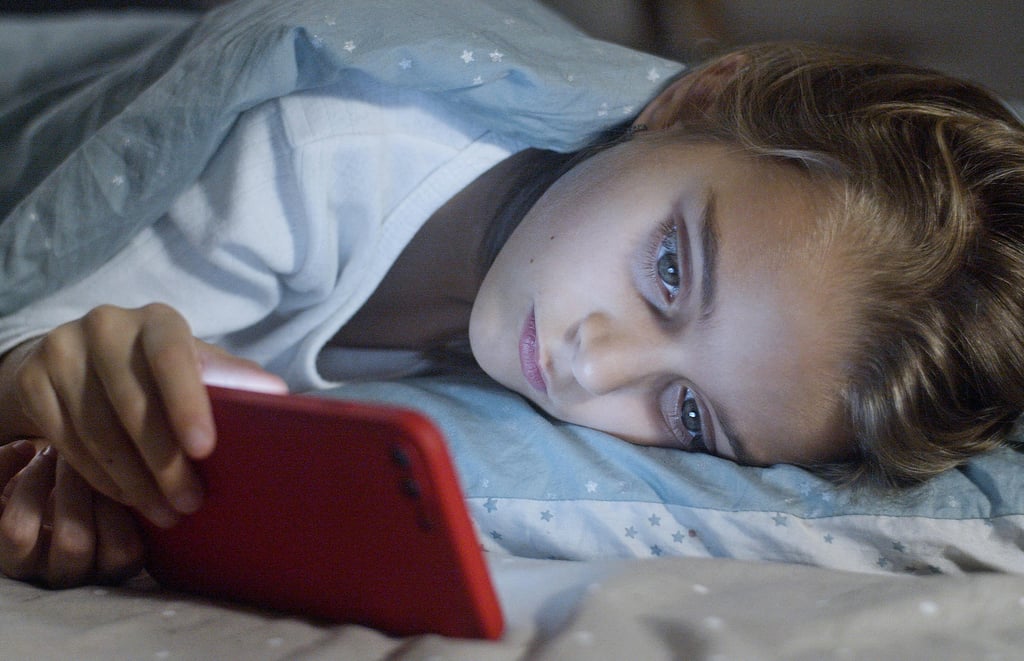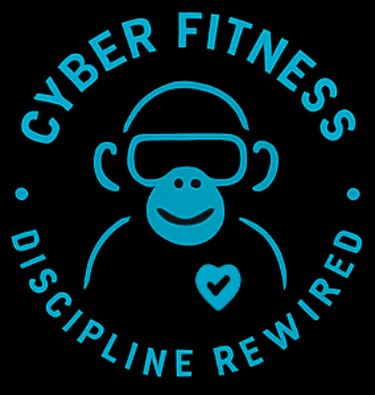Social media addiction strategies.
Practical, real-world strategies to break social media addiction for adults and teens. Reclaim focus, build healthier habits, and reconnect as a family.
DIGITAL


Social media addiction sneaks up on you. One minute you’re checking a message, the next you’re an hour deep into reels, dopamine dripping out your ears while your real life sits on the couch wondering where you went. We’ve all been there. And the brutal part is this: the apps are engineered to keep you hooked. It’s no accident. They were built like slot machines, and we’re the ones pulling the lever over and over.
You may want a reduction, you want out, you may want help your family members out. You need a strategy. A way to cut through the noise, reroute the habit loops, and give everyone a fighting chance - from us adults compelled with unconscious movements to open Instagram, to teens living half their lives through Tiktok. The good news is it can be done. But it won’t happen by wishing for it. You have to rewire the environment as much as the behaviour. You have to make the right choices easier and the addictive ones harder.
I’m sure you’ve done it too. Catching yourself scrolling on autopilot while talking to someone you genuinely care about. Not even present. In two worlds at once, one real and neglected, one digital and pointless. Just plain rude. And that’s the thing about these apps: you rarely leave feeling better. You leave feeling scattered, anxious, behind. Yet you keep going back, hoping this time it’ll pay off. Like Nir Eyal writes in “Hooked”, the entire system runs on variable rewards - tiny unpredictable payoffs that hit your brain like crack.
Once you understand that, you stop treating this as a moral failure and start treating it like an engineering problem. And engineering problems can be solved.
The first tactic is ridiculously simple but brutally effective: move the apps. Don’t delete them straight away. Don’t go full monk mode unless you’re ready. Just shove them off your home screen and into a folder buried on page three. Add a password if you must. Make it annoying. Make it deliberate. This interrupts the habit loop. Your brain wants easy. Give it friction instead. This tactic works beautifully for adults because we respond strongly to environmental cues. If the cue disappears, the urge loses a chunk of its power. Even James Clear talks about this in “Atomic Habits” - make bad habits harder, and you’re halfway home.
But teenagers? Different beast. Their social world thrives online. You can’t just tell them to delete Tiktok and expect them to suddenly start journaling and eating kale. Teens need balance, structure, and alternatives that don’t feel like punishment. A teen without a phone is a teenager socially exiled, and that isn't a solution - it’s a recipe for rebellion.
So instead of the classic “just stop using your phone,” try flipping the script. Make offline life more engaging. Something physical. Something they can feel in their bones. A teenager who spends an hour after school doing something that lights them up - training drills, music, drawing, gaming with purpose - will naturally lean on their phone less. It’s not about pushing the phone away; it’s about pulling them into something better.
Don’t underestimate the pull of being included. Family challenges work surprisingly well. Not cheesy ones. Real ones. “No phones at dinner” is a classic but it works. Another good one is “phone stack movie night” - all devices in a basket (yes, including yours), everyone picks a film, actual human connection follows. It feels weird at first, then strangely good. Johann Hari talks about this in “Stolen Focus” - connection is one of the strongest antidotes to digital overwhelm.
Another tactic, one that feels painfully basic but is wickedly effective: scheduled doomscrolling. Literally set a time where you’re allowed to go full goblin mode and scroll. But only in that time. It gives your brain a release valve without letting the habit take over your day. Adults can handle this well because it transforms an impulsive behaviour into a structured one. Teens? They need it paired with boundaries. Small ones. Not military-level discipline. Something like: no phones one hour before bed, and no social apps during homework time. When you explain the “why” without lectures - sleep, focus, mental health - they’ll resist less. Maybe not at first. But boundaries backed by logic beat boundaries backed by “because I said so.”
If you want more firepower, apps can help. Not the scammy ones that claim to “cure addiction,” but the ones that remove friction and give you back control. Forest is great for adults and teens - it gamifies focus, growing virtual trees every time you stay off your phone. Freedom blocks apps across all devices with one tap. ScreenZen adds a pause screen forcing you to confirm you actually want to open a social app—a genius way to break mindless scrolling. And for families, Qustodio gives parents insights and gentle controls without going full surveillance state.
The trick is using these apps as tools, not crutches. Nothing changes unless the behaviour changes with it. I’ve tried all the blockers in the world and still found myself searching “Instagram” like a junkie hunting heroin. Until I fixed the routines underneath it, nothing shifted.
Speaking of routines, here’s one of the simplest, lowest-effort, highest-impact changes you can make: charge your phone outside the bedroom. Sounds silly. Feels extreme. But trust me, it works. It takes you out of the pre-sleep zombie cycle that destroys rest and keeps you wired. Our first and last moments of the day set the tone. Teens may resist more, but even moving the phone across the room reduces the midnight dopamine drip. Matthew Walker’s “Why We Sleep” highlights how even a small amount of screen stimulation before bed torpedoes sleep quality. Better sleep = better impulse control = less addictive behaviour.
Another strategy is redefining boredom. This is big. We treat boredom like an emergency, something to escape instantly. But boredom is where your mind resets. Where creativity crawls out of hiding. Where stillness grows. When you teach kids - and yourself - to sit with boredom without reaching for the phone, you rebuild attention span brick by brick. Try micro-moments of boredom. Waiting in the car? No phone. Standing in line? No phone. Sitting on the toilet? Definitely no phone. Your brain will twitch. Let it. It’s withdrawal. It passes. Cal Newport writes about this in “Digital Minimalism” - intentional solitude rebuilds the power technology drains.
A big part of breaking the addiction is swapping consumption for creation. Adults forget how good it feels to use their hands or their brain for something real. Teens forget they’re capable of it. Introduce small daily creative tasks: writing a paragraph, drawing a rough sketch, building something, cooking something, fixing something, researching a random topic, practicing a skill. Doesn’t matter. Creation gives a dopamine hit too—just one that doesn’t leave you hollow afterwards.
The funny part? When you reduce social media use, everything else starts to feel sharper. Like the world got turned up a notch. The air tastes different. Food tastes better. Conversations get deeper. You feel like you’re back in your own head again. Not floating three seconds behind your own life.
Here’s the thing that matters most: you don’t have to delete everything, go cold turkey, renounce technology, or pretend social media is evil. It isn’t. It has it’s uses (hell, it’s probably how you stumbled upon this website!). But truth be told, it’s just too strong when left unchecked. But you can check it. You can tame it. You can use it instead of being used by it.
Your life is happening in front of you. Not on the screen. Reclaim some of it. Piece by piece. Step by step. It’s in your power. And once you feel what life is like with a clear head again, you’ll wonder how you ever lived drowning in the constant scroll.
Where to start?
If you’ve read this far, you already know something needs to change - not tomorrow, not “when life slows down,” but now. Start small. Pick one tactic and actually use it tonight. Move the apps, set the limits, charge the phone outside the bedroom, and give yourself a bit of your own mind back. And if you’ve got kids watching you, remember they don’t learn from lectures; they learn from what you do. Show them what a calmer, more present life looks like. Help them build real-world anchors - sport, hobbies, creativity - that pull them out of that endless scroll. You don’t need perfection. You just need a willingness to try. One adult making a shift can potentially change an entire household. Start with yourself, then guide them. Rewire the habits, reclaim the time, and build a family that’s awake, connected, and actually living.


